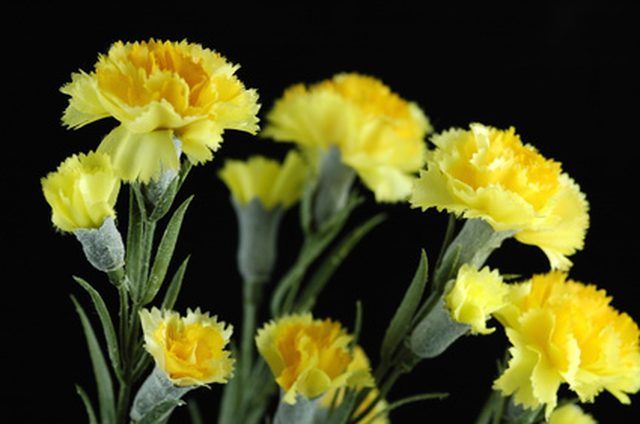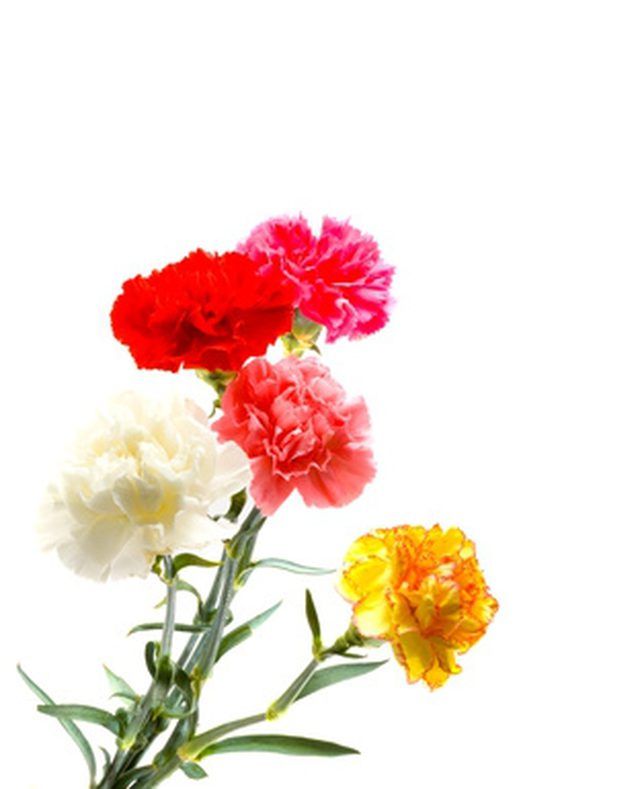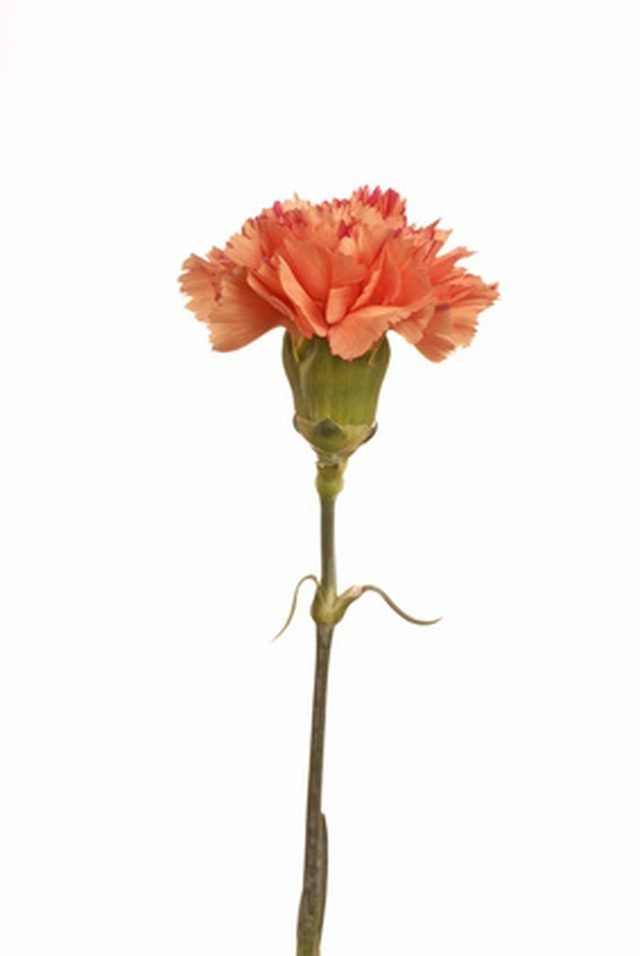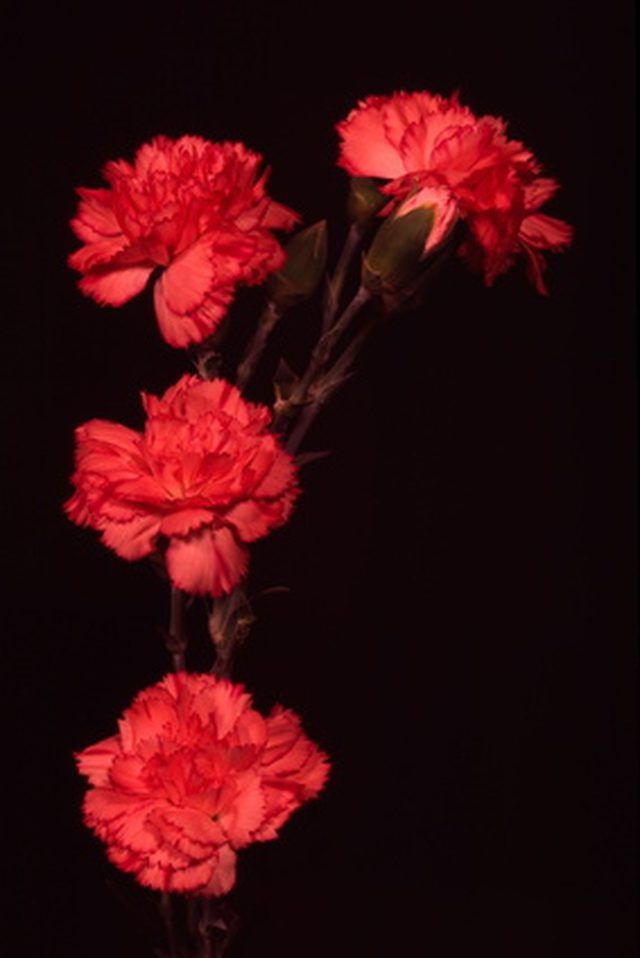Bulbs
Flower Basics
Flower Beds & Specialty Gardens
Flower Garden
Garden Furniture
Garden Gnomes
Garden Seeds
Garden Sheds
Garden Statues
Garden Tools & Supplies
Gardening Basics
Green & Organic
Groundcovers & Vines
Growing Annuals
Growing Basil
Growing Beans
Growing Berries
Growing Blueberries
Growing Cactus
Growing Corn
Growing Cotton
Growing Edibles
Growing Flowers
Growing Garlic
Growing Grapes
Growing Grass
Growing Herbs
Growing Jasmine
Growing Mint
Growing Mushrooms
Orchids
Growing Peanuts
Growing Perennials
Growing Plants
Growing Rosemary
Growing Roses
Growing Strawberries
Growing Sunflowers
Growing Thyme
Growing Tomatoes
Growing Tulips
Growing Vegetables
Herb Basics
Herb Garden
Indoor Growing
Landscaping Basics
Landscaping Patios
Landscaping Plants
Landscaping Shrubs
Landscaping Trees
Landscaping Walks & Pathways
Lawn Basics
Lawn Maintenance
Lawn Mowers
Lawn Ornaments
Lawn Planting
Lawn Tools
Outdoor Growing
Overall Landscape Planning
Pests, Weeds & Problems
Plant Basics
Rock Garden
Rose Garden
Shrubs
Soil
Specialty Gardens
Trees
Vegetable Garden
Yard Maintenance
What Do Yellow Carnations Mean?
What Do Yellow Carnations Mean?. Carnations are popular flowers among brides, florists and flower lovers of all kinds. The unique, ruffled petals and wide color variety make carnations a good garden choice. According to the language of flowers, each color carnation carries its own special meaning. When you give the gift of carnations, you're...

Carnations are popular flowers among brides, florists and flower lovers of all kinds. The unique, ruffled petals and wide color variety make carnations a good garden choice. According to the language of flowers, each color carnation carries its own special meaning. When you give the gift of carnations, you're actually sending a clear message. Find out what yellow carnations mean before incorporating them into your gift-giving ideas.
History
Popular legend holds that carnations appeared during the crucifixion of Jesus Christ. As the story goes, the Virgin Mary wept upon seeing her son carrying his cross up the hill. Where her tears fell, carnations bloomed. Historically, carnations have been cultivated since ancient Grecian times, where the blooms were used in celebratory garlands. The word carnation translates into "flowers of God." Carnations are native to Eurasia, but they are grown by florists and gardeners all over the world.

Features
Carnations are popular among flower sellers and buyers because the cut blooms are incredibly hardy and long-lasting. Each carnation bloom contains five petals, and grows in a wide variety of colors, including yellow. Some double-petal varieties of carnations will bloom with as many as 40 petals. The flowers grow 6 to 8.5 centimeters around on forked or branched clusters. Carnations grow best in sandy soil, and require some full sun every day in order to bloom.

Types
Many kinds of carnations exist, but the three most common are annual, border and perpetual-flowering. Carnation flowers also bloom in three ways: large blossoms, with a single flower on each stem; mini (or spray), which bloom with many smaller flowers; and dwarf, which are carnation flowers that are even smaller than minis.

Symbolism
Ancient Romans knew carnations as "Jove's Flower," using the blossoms in important ceremonies dedicated to the gods. Carnations are also significant in Korea, where the flowers are used to tell fortunes. Every color of carnation is assigned a specific meaning and message, making it possible to convey a variety of emotions and thoughts with a single arrangement of the flowers. Carnations are popularly known as a symbol for Mother's Day, a tradition that has been in effect since 1907.
Meanings
Generally, carnation flowers of any color may be used to convey affection, health, love and interest. The language of flowers tells us that yellow carnations, specifically, convey a message of rejection or disdain. Yellow carnations may also be used to offer a message of disappointment or even dejection.